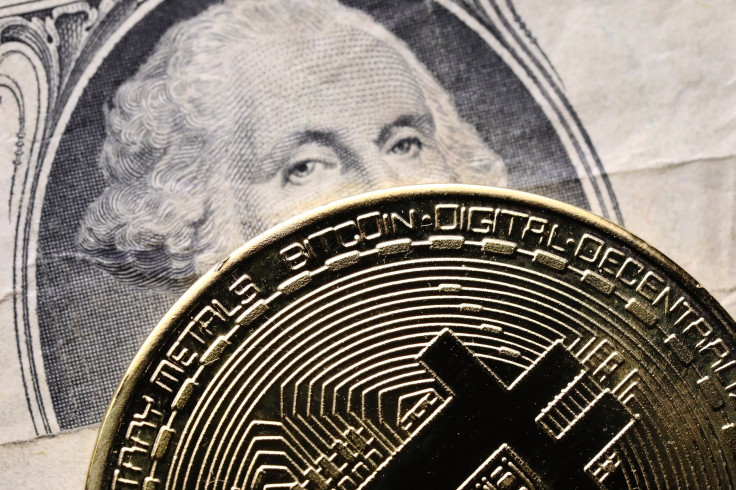Cryptocurrency News: Treasury's OK Of Stablecoins Opens Door For US Banks
KEY POINTS
- The Department of the Treasury has given U.S. banks permission to host stablecoin infrastructure and accept transactions
- Stablecoins are cryptocurrency tied to an outside variable like the dollar to reduce instability
- The change could mean fast online transactions as banks use tokens tied to the dollar
The Department of the Treasury has clarified its rules, permitting U.S. banks to participate in stablecoin networks and transactions. The move makes it possible for banks to use cryptocurrency tied to the dollar to make online and cross-border transactions extremely fast without the need for federal infrastructure.
Stablecoins are cryptocurrency that resist the technology’s characteristic price volatility by tying their value to an external variable, like the dollar or commodities. They use the same blockchain technology as other cryptocurrencies, each user hosting an index to create a peer-to-peer network to verify transactions and monitor holdings.
Thanks to recent action from the Treasury, the ranks of those peers may soon include America’s largest banks. A Monday release from the Office of the Comptroller of the Currency, the people in charge of implementing U.S. monetary policy, clarified that banks are permitted to participate in stablecoin networks and complete stablecoin transactions.
“The primary role of banks is to act as financial intermediaries, facilitating the flow of money and credit among different parts of the economy,” the announcement read. “The evolving financial needs of the economy have led to a demand for banks to use [independent node verification networks] to carry out their financial functions.”
That role of an intermediary is what has so many people excited. The Federal Reserve has been slow to create the infrastructure needed for a true digital dollar, letting other countries take the first steps toward online transactions.

With this clarification, everyone participating in the U.S. economy may not need to wait for the Fed. With banks fully able to trade stablecoins tied to the U.S. dollar, they may be able to independently create the infrastructure needed to bring U.S. currency into the digital era.
Experts are assuaging concerns that the entry of these massive institutions into the cryptocurrency market could mean problems for normal individuals. David Grider, a strategist for Fundstrat Global Advisors, told Bloomberg Tuesday that he didn’t expect the change to have a significant impact on cryptocurrency prices.
© Copyright IBTimes 2024. All rights reserved.











